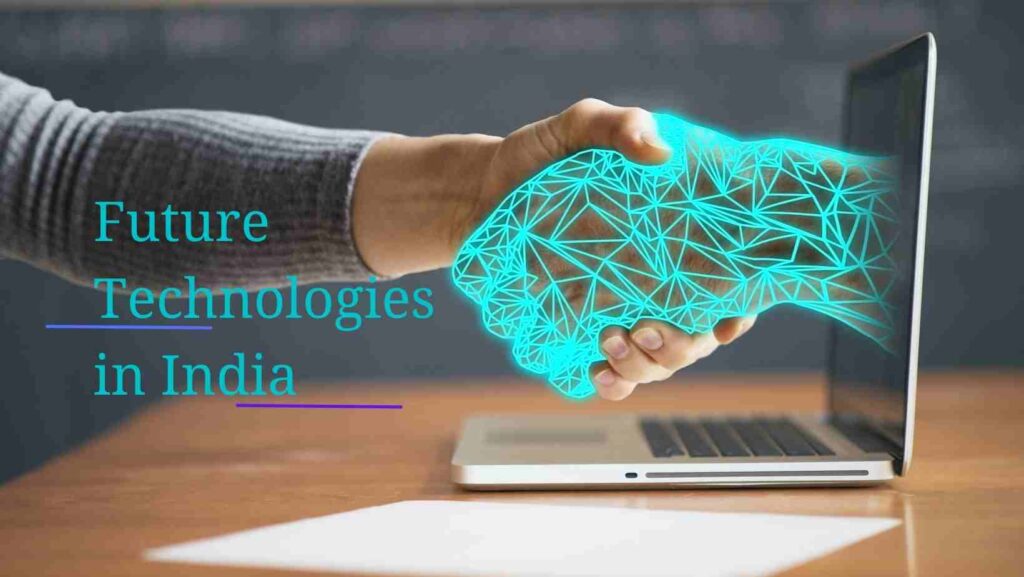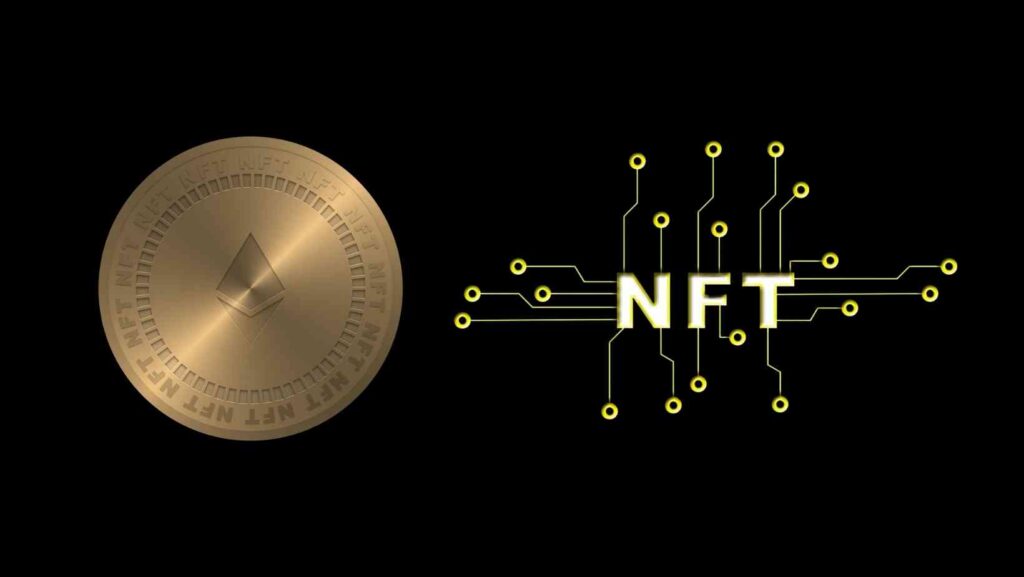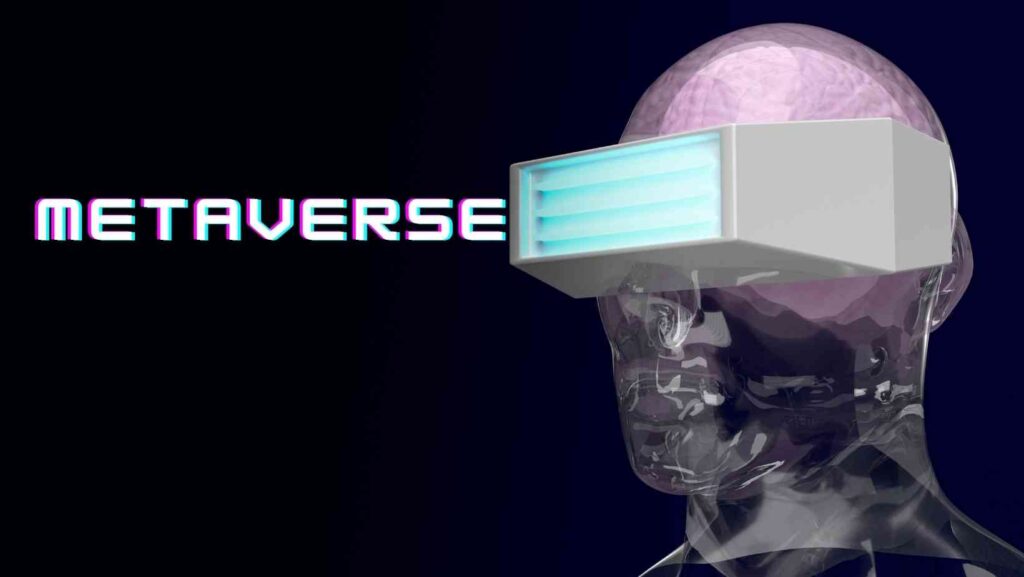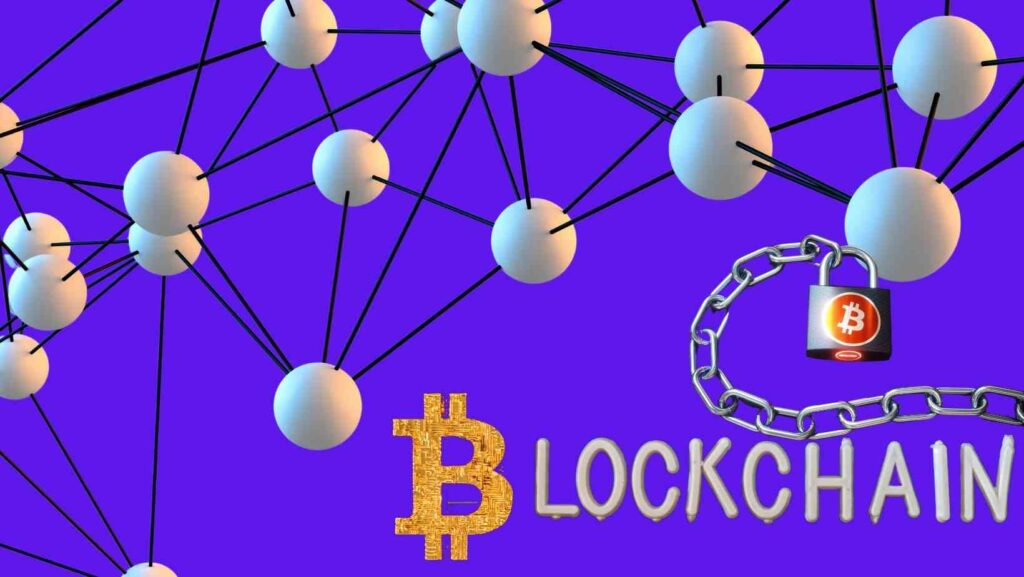The Top 10 Future Technologies in India
Throughout its history, India has always been a pioneer. From the ancient Vedic civilization to modern-day innovations, India has always been at the forefront of technological advancements. This year, India is expected to become the fifth-largest economy globally, surpassing China. What are the top 10 future technologies in India that are likely to change our lives in the next decade?
India is already home to several global companies such as Infosys, Wipro, TCS, HCL Technologies, Tech Mahindra, Mindtree, Tata Consultancy Services (TCS), and Cognizant Technology Solutions. The country also boasts of a large pool of skilled professionals who are highly sought after globally.
With the rise of artificial intelligence, robotics, and other emerging technologies, India is poised to take centre stage in the global innovation race. Here are the top 10 technologies that are likely to shape the future of India.
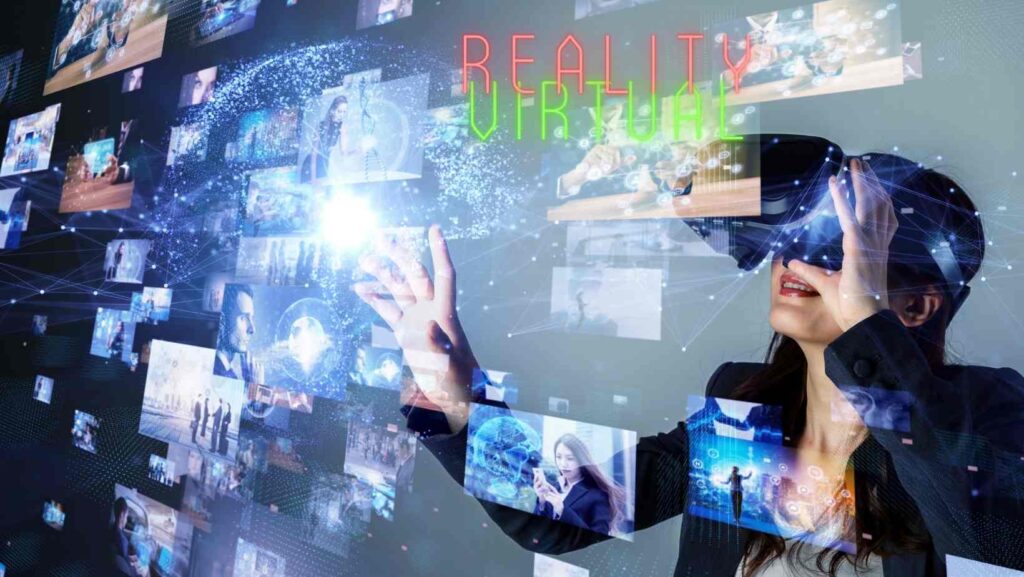
Virtual Reality
While virtual reality may not be new, it seems like every single tech company wants a piece of this industry. Facebook, Microsoft, Samsung, Sony, Intel, Google, and others have invested billions into developing VR headsets and gaming experiences. These products will give users a chance to immerse themselves in another world. Some Indian start-ups, especially from Bengaluru, have built their own apps for virtual reality, including Immersion Corp (ImmersiveTech), which allows you to explore the wonders of the human body through 3D visualization.
Self-Driving Cars
In India, automobile manufacturing has seen enormous growth over the last five years. As demand rises, so makes an investment. It’s no wonder why carmakers in India, such as Maruti Suzuki, Tata Motors, Hyundai, Honda, Ford, Audi, Mercedes Benz, Volvo, BMW, etc., have set up R&D centers in India. They see huge potential here.
In a report compiled by Boston Consulting Group, it was found that by 2025, most vehicles sold in India will be autonomous. Many Indian start-up firms have launched innovative self-driving cars while foreign players have entered an exciting market. Recently, Uber CEO Dara Khosrow Shahi said that the company plans to invest $1 billion in building out its fleet of vehicles in India within the next three years.
Robotic Process Automation or Robots
Imagine a factory that runs 24X7 with only one person overseeing it? Yes, that’s what robotic process automation has given us. According to McKinsey, employment across industries is projected to decline by almost 20 percent between 2015 and 2024. Companies need to automate processes and machines to achieve high levels of productivity.
According to a World Economic Forum research, robots in production lines could reduce India’s gross domestic product at current rates by 12 percent. Robots are increasingly being used in factories worldwide due to constant improvements in manufacturing efficiency. If manufacturers manage to implement RPA successfully, they could produce more with fewer employees.
Augmented Reality
“Virtualization” became a buzzword in 2016 – and it won’t go away anytime soon. So far, AR has mostly been applied to games, videos, and online shopping. But there are other businesses where augmented reality comes in handy. Let’s say you run a furniture store. You might want to place your inventory online, show customers furniture arrangements/models on their smartphones on the shop floor, and let them order it right then.
Artificial Intelligence
Deep learning and natural language processing are taking over industries. The automotive and healthcare sector were early adopters — now everyone is looking at AI to cut costs. Already, several AI tools are used by e-commerce, travel agencies, education companies, insurance firms, media and advertising to cut edge.
For example, Netflix suggested Larry David and Bill Gates as two of the four greatest leaders in history after studying content patterns in his movies and letters. Now, IBM Watson’s cognitive system has beaten Jeopardy champions just recently!
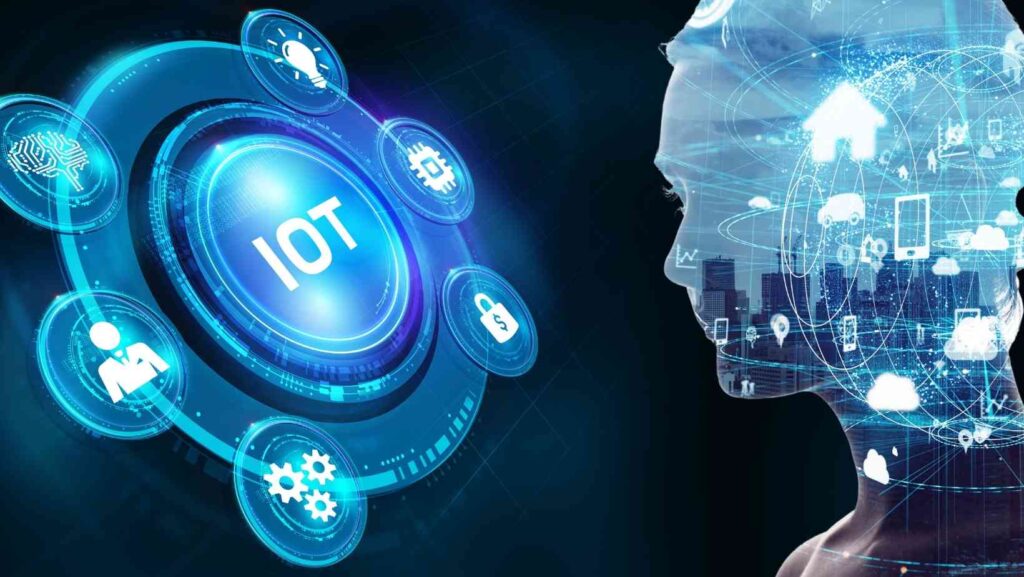
Internet of Things (IoT)
We are moving towards smart cities based on the Internet of Things (IoT). This shift has brought about new opportunities for start-ups to create innovative applications providing value-added services in smart cities. Cisco estimates that China alone will spend around $300 billion in 2020 on IoT-based infrastructure.
Several Chinese companies have already ventured out to start-ups in the IoT space. Among others, Huawei, ZTE, TCL Communication are investing heavily in building out their own platforms, which include sensors and chips capable of connecting things everywhere in every industry. All this translates into opportunities for software developers and hardware designers.
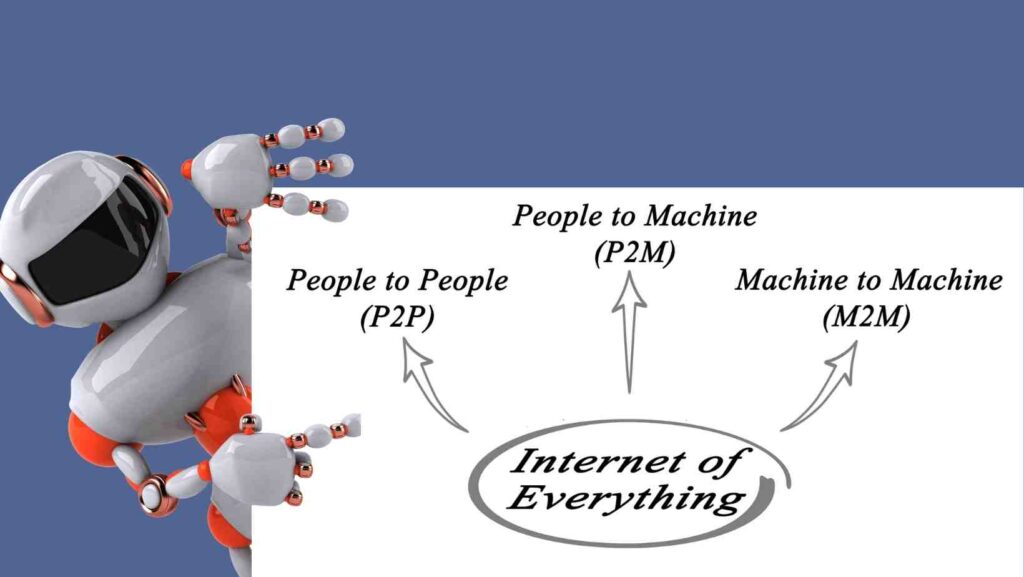
The Internet of Everything
The ‘Internet of Everything’ refers to connection through embedded technology of anything, anywhere. Since everyday objects are getting wired up, new businesses present themselves. From fitness trackers to refrigerators, cars to aircraft, devices ranging from computers to kitchen appliances are going online.
Collectively this form what we call IoE. In 2016, Cisco predicted that 50 billion internet-connected things will exist within 2 years – this number is expected to go up. The growth of IoE depends upon advancement in 4 big areas:
- Connectivity: Problems concerning connectivity arise because each object you want to connect needs IPv6 or Wi-Fi. There are also different technologies for sensing environmental conditions and triggers – like temperature, air pollution, moisture, pressure, motion, and access control. Each of those requires a unique approach.
- Data Analysis & Processing: Analysing a large volume of data generated by billions of things demands advanced analytics techniques to process it faster.
- Edge Analytics/Processing: Aggregating data collected by each thing must happen at the edge allowing easy analysis to identify suspicious patterns. Once identified, such trends need to be analysed further. Such actions might lead to alerts/alarms and take appropriate decision support mechanisms. Today, IoT solutions mainly focus on collecting data from field devices rather than analysing them on site. Also, most available platforms rely heavily on cloud storage solutions that have their own limitations. 2020 will bring the next level of evolution in IoT platform design to overcome such challenges.
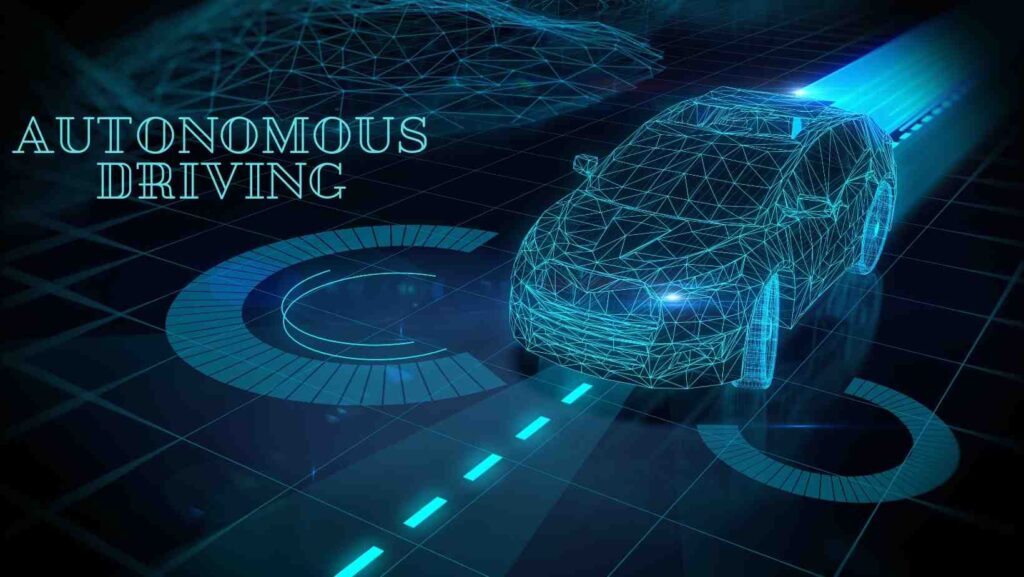
Autonomous Driving
Self-driving means no steering wheel or brake pedal required! So far, autonomous driving is mostly about automated highway driving. A self-driven car is capable of navigating streets and highways without human intervention. Its sensors and onboard processing provide situational awareness and collision avoidance capabilities. These include lasers or radars to detect obstacles, forward-facing cameras to capture the surroundings; GPS systems to monitor location; accelerometers to measure speed, yaw and roll rates.
Onboard computing systems then use navigation rules and algorithms to interpret sensory information while evaluating safety factors. While self-driving cars cannot yet perform all tasks humans do, they may someday drive safely without error across virtually any terrain. Most major automakers invest hundreds of millions into developing hardware and software to create highly reliable self-driving vehicles. Driverless taxi services, however, are likely many years away.
Energy Storing Bricks
Batteries are used primarily to power portable electronics like mobiles and laptops. But batteries are heavy and bulky, and they cannot store enough energy for large-scale stationary applications. So far, battery engineers have been developing flat “supercapacitors” that have capacitance density similar to that of batteries, along with high power delivery and long cycle life. These supercaps allow storing energy in smaller volumes and eliminating toxic materials.
Electric cars and grid storage systems will likely see massive growth in the coming years. Currently, lithium-ion accounts for about 85% of the 2 million metric tons (2.2 billion US lbs) worth market. The largest segment is automotive at 53%, followed by electric grids at 15%. However, these figures are bound to change dramatically by 2024.
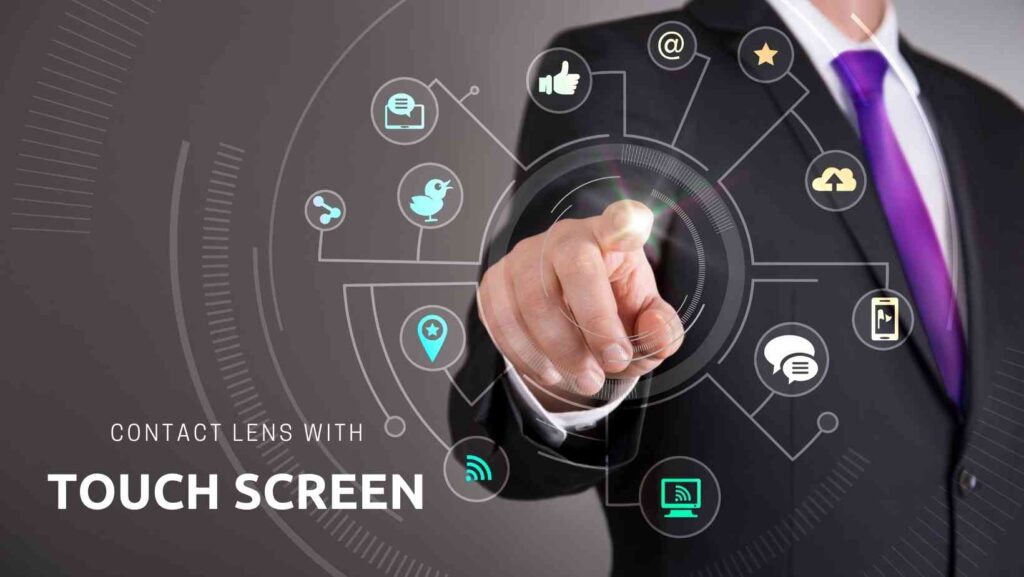
Contact Lens with Touch Screen
Vision correction lenses that can detect your hand movements are now just ahead of science fiction becoming a reality. Researchers at the Massachusetts Institute of Technology and Harvard Medical School first demonstrated a prototype contact lens device in 2013 that converts images into touchable icons. The group used a series of electrodes and sensors embedded in a soft hydrogel core to construct the prototype. When light shines on the eye, the sensor determines what regions of the image should receive more attention. Then, each region emits an electronic signal when the user moves their eyes over it. A smartphone app then interprets those signals and translates them into computer commands.
In another breakthrough, engineers have developed an artificial retina that uses a similar principle but operates with light rather than sound. The new implant contains light-emitting diodes and photodetectors placed in rows above individual retinal pigment epithelial cells. As the eye scans across the LEDs, only certain pixels light up. The result is the same as having hundreds of individual retinas. Although the retina was initially designed to treat patients blind from age-related macular degeneration, the latest version has been tested on animals to study diabetic retinopathy. Such devices could prevent millions of diabetic patients worldwide from losing their sight because they damage blood vessels in the back of the eye. Currently available options require lifelong administration of drugs and laser treatments.
Without a doubt, it is always feasible that some of these inventions may never gain widespread acceptance. The pursuit of a greater understanding should not be discouraged since the information obtained via planning is critical to choosing suitable actions as future events develop. Fundamental knowledge of emerging technology for the future can also assist us in avoiding potentially damaging technologies in the present.

